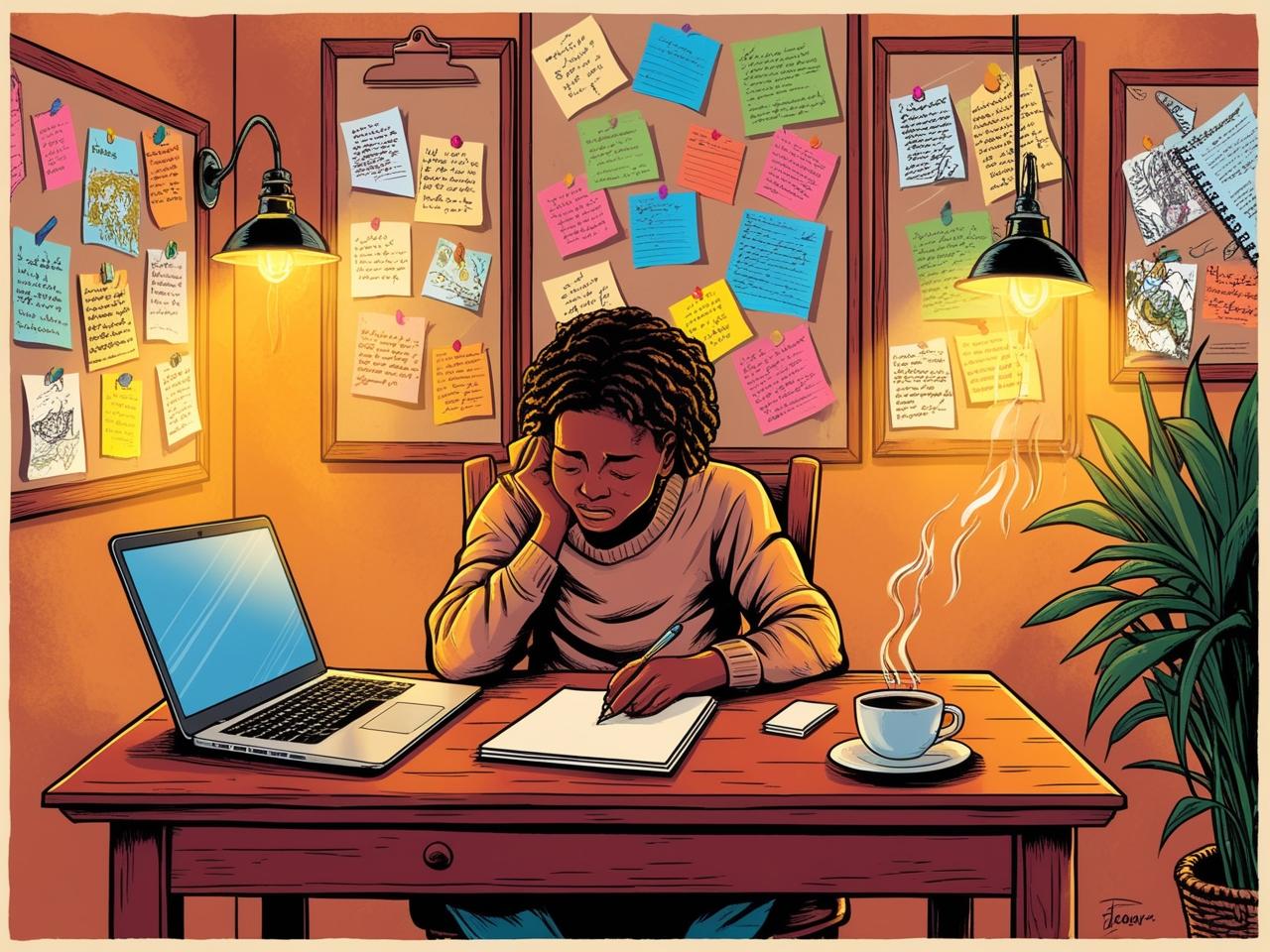Introduction
Writer’s block can be frustrating for any author, blogger, or content creator. Staring at a blank page with no inspiration can be discouraging, but the good news is that writer’s block is temporary and can be overcome with the right techniques. In this guide, we’ll explore practical strategies to beat writer’s block and enhance creativity, helping you produce engaging content effortlessly.
What is Writer’s Block?
Writer’s block is a common condition where a writer struggles to produce new content. It can be caused by stress, perfectionism, lack of motivation, or external distractions. Understanding the root cause can help you overcome it effectively.
10 Proven Ways to Overcome Writer’s Block
1. Change Your Environment
Sometimes, a change in scenery can boost creativity. Try writing in a café, library, or park instead of your usual workspace. A new environment can provide fresh inspiration.
2. Freewriting: Write Without Judgment
Set a timer for 10–15 minutes and write anything that comes to mind. This method, known as freewriting, helps remove mental blocks and allows ideas to flow naturally.
3. Read and Get Inspired
Reading books, blogs, or articles in your niche can spark creativity. Pay attention to writing styles and storytelling techniques used by successful authors.
4. Take a Break and Relax
Overthinking can increase stress and worsen writer’s block. Step away from your work, go for a walk, listen to music, or engage in a hobby to refresh your mind.
5. Outline Your Ideas Before Writing
A structured outline makes writing easier. Break down your topic into sections and bullet points. This way, you’ll know what to write next, reducing the chances of getting stuck.
6. Use Writing Prompts
If you’re out of ideas, use writing prompts to get started. Prompts provide a direction and help kickstart creativity. For example, “What if you woke up with a superpower?” or “Describe your dream vacation.”
7. Eliminate Distractions
Turn off notifications, put your phone on silent, and create a distraction-free writing environment. Apps like Focus@Will and Freedom can help you stay focused.
8. Set Small Writing Goals
Instead of aiming to write an entire article in one sitting, set small, achievable goals. Writing just 100–200 words at a time can make the process feel less overwhelming.
9. Write at Your Peak Productivity Hours
Identify when you feel most productive—morning, afternoon, or night—and schedule your writing sessions during those hours for better results.
10. Practice Mindfulness and Meditation
Meditation and deep breathing exercises can help clear mental clutter, reduce stress, and improve focus, making it easier to write freely.
Boosting Creativity for Long-Term Success
To stay consistently creative, cultivate habits that stimulate the brain:
- Keep a journal – Write down thoughts and ideas daily.
- Engage in creative activities – Try painting, photography, or music.
- Exercise regularly – Physical activity improves brain function.
- Surround yourself with creative people – Conversations with other writers and artists can provide fresh perspectives.
Conclusion
Writer’s block is not permanent! By implementing these simple yet powerful strategies, you can regain inspiration, enhance creativity, and write more effortlessly. Try different techniques and see what works best for you.

